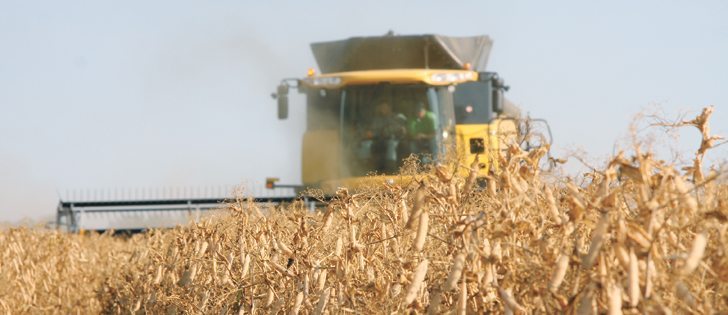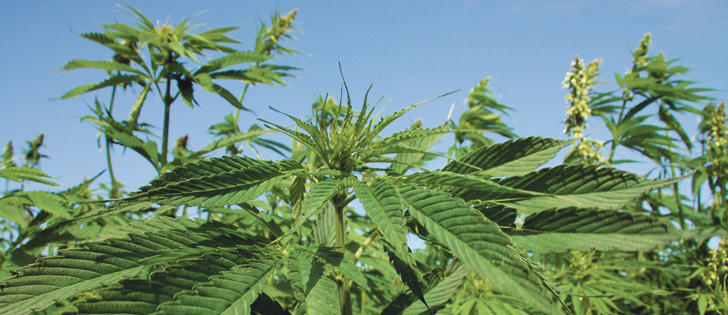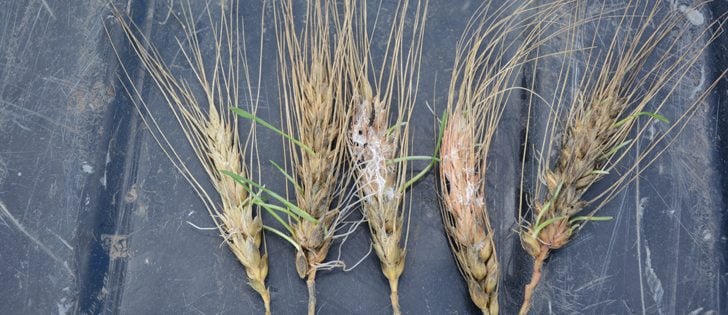China’s purchase of an additional 50,000 tonnes of green peas has brought down the large Canadian carryover
Sean Pratt reports from the Global Pulse Convention in Cesme, Turkey, about what is driving pulse markets
CESME, Turkey — The trade is divided on whether it is bullish or bearish on peas despite forecasts for a sizable increase in world production.
Stat Publishing forecasts 12.7 million tonnes of global production in 2016, up 2.3 million tonnes or 22 percent from the previous year.
“The world can absorb this (extra) tonnage,” said Sudhakar Tomar, managing director of Hakan Agro, a company that exports US$1.5 billion of agricultural commodities a year.
Read Also

Critical growing season is ahead for soybeans
What the weather turns out to be in the United States is going to have a significant impact on Canadian producers’ prices
He recently moderated a pea market outlook session at the 2016 Global Pulse Convention.
The five-person panel was split on whether they thought prices were heading higher or lower.
Canada is expected to account for the lion’s share of the extra peas. It is forecast to produce 1.1 million tonnes more than last year.
Mike Allaire, senior commodity trader with Ilta Grain, doesn’t think the increase will be that large.
He believes Canadian growers will plant less than the 4.28 million acres of peas Statistics Canada is forecasting.
Allaire also disagrees with Stat Publishing’s average yield estimate of 37 bushels per acre because the average includes the 2013 bumper crop.
If that anomaly is removed, the average yield becomes 34.5 bushels per acre, which would decrease production by 200,000 tonnes.
There is also a concern that La Nina will bring wet weather to Canada, which could lead to heavy disease pressure.
Allaire forecasts four million tonnes of Canadian production, which is lower than Stat Publishing’s 4.29 million tonnes.
He said Canada is sold out of the 2015 crop. There are not enough yellow peas in the system to fill one 50,000 tonne bulk vessel.
Carryout will be minimal and comprised mostly of green peas.
Global demand for the crop is expected to be strong.
“There are quite a few sales on the books already,” said Allaire.
“I’m pretty confident that over 1.1 million tonnes of yellow peas have already been sold.”
That represents over one-third of Canada’s anticipated yellow pea production.
Kevin Price, senior trading manager with Agrocorp International, said U.S. acres are up 20 percent compared to last year with most of the increase being yellow peas.
He believes 150,000 to 200,000 tonnes of the anticipated 1.13 million tonnes of United States pea production has already been contracted.
China has helped alleviate the oversupply of green peas this year, purchasing 50,000 tonnes more than its usual 120,000 tonnes of annual imports. He expects the same buying pattern to emerge in 2016-17.
“The over-burden of supply that Canada has had over the last couple of years in green peas is starting to absorb into the market,” said Price.
He classified himself as “mildly bearish” on prices due to the potential for an additional 2.3 million tonnes of supply.
He expects prices to remain strong during the flurry of post-harvest activity in the September through November timeframe and then start to drop.
“However, the market in Canada should remain relatively firm. It’s going to be different than what’s happening overseas,” he said.
Nick Poutney, senior trader with GrainCorp, thinks Australia’s crop will be bigger than the 310,000 tonnes Stat Publishing forecasts.
The soil moisture profile in southern Australia where the peas are produced is fantastic.
“It’s one of the best starts in about 10 years,” he said.
Poutney forecasts up to 400,000 tonnes of production.
He believes as much as two million tonnes of India’s eight million tonnes of annual chickpea demand could switch to yellow peas due to high chickpea prices.
Anurag Tulshan, managing director of Esarco Exim Pvt, an Indian brokerage firm, is forecasting a “huge flow” of yellow peas hitting the market in the September through March period.
“I am very bearish on the prices,” he said.
India imported a record 5.79 million tonnes of pulses last year, including 2.5 million tonnes of yellow peas.
World supply is currently constrained but Indian buyers have already contracted about 20 percent of the anticipated new crop.
Indian demand is expected to remain strong despite improved monsoon rains and better domestic crop.
Ozan Ozturk, managing director of Agrozan Commodities DMCC, a Dubai-based processor and trader of pulses, grains and oilseeds, said importers can expect a big crop coming out of the Black Sea region.
He forecasts 1.75 million tonnes of Russian production, which is lower than Stat’s estimate of 2.1 million tonnes.
However, that difference is partially offset by his forecast for 600,000 tonnes out of Ukraine, which is higher than Stat’s 420,000 tonnes.
Ozturk said other countries in the Black Sea region will produce another 650,000 tonnes, so there should be plenty of supply.

















